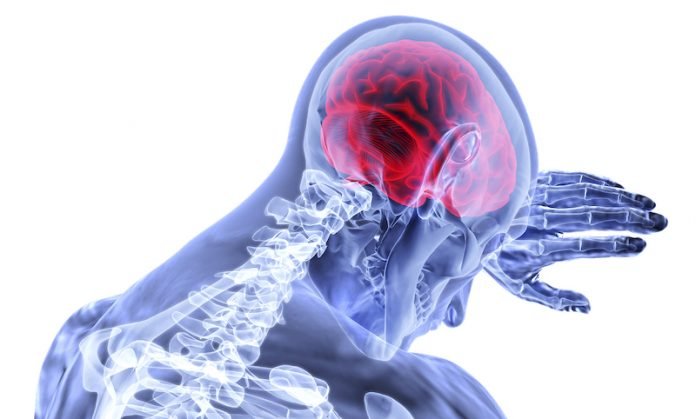
In a new study, researchers found starting in the late 1980s, stroke rates among older Americans began to decrease, and the decline shows no signs of stopping.
The research was conducted by a team from Johns Hopkins School of Public Health.
The team examined data from a long-running heart health study that began in 1987. At the outset, it recruited almost 15,800 adults aged 45 to 64 from communities in four U.S. states.
They found that between 1987 and 2017, the rate of stroke incidence among Americans aged 65 and older dropped by one-third per decade.
Over 30 years, there were 1,028 strokes among participants aged 65 and older. The incidence dropped by 32% over time.
In addition over time, fewer older adults in the study were smokers, which is a major risk factor for stroke.
On the other hand, some other risk factors—such as high blood pressure and type 2 diabetes—became more common.
It’s known that for any one person, getting high blood pressure, high cholesterol and diabetes under control can cut the risk of stroke.
But at the population level, the decline in strokes was larger than what would be predicted from risk factor control alone.
They explain that other factors not measured in the study—including exercise, salt intake and overall diet—might be involved.
The team also found that although strokes are most common among people aged 65 and older, they strike younger adults, too, and the incidence of stroke among younger people has been inching up in recent years.
It’s important that people be aware of the signs of stroke and get help quickly if they think they, or a family member, is having one.
Some of the warning signs include a drooping or numbness on one side of the face; arm weakness or numbness; slurred speech; sudden confusion or difficulty seeing or walking; or a very bad headache.
The lead author of the study is Dr. Josef Coresh, a professor at Johns Hopkins School of Public Health.
The study is published in JAMA Neurology.
Copyright © 2019 Knowridge Science Report. All rights reserved.



